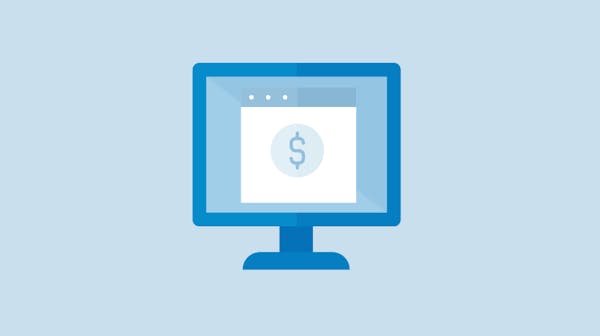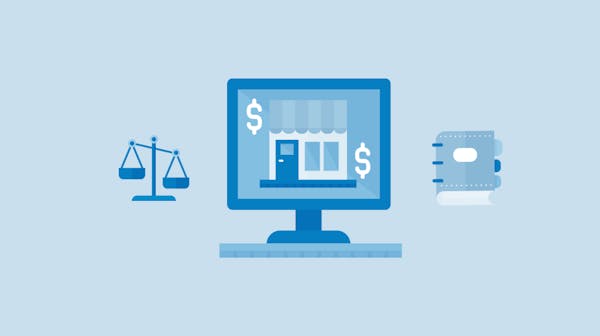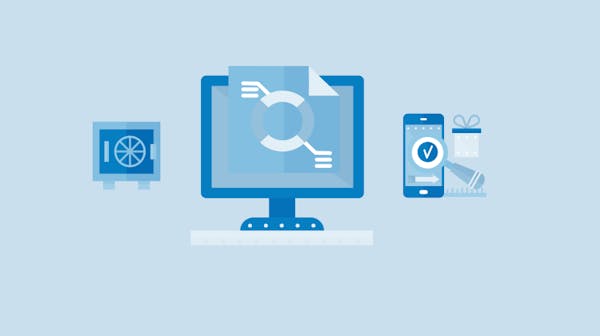The evolution of invoicing from its traditional paper-based form to electronic invoicing marked the first significant step towards digitizing financial transactions. However, the future lies beyond simple digitization, in the realm of e-invoicing. This innovative approach is not just about transforming invoices into digital files but about integrating them directly into financial systems for automatic processing.
Why E-Invoicing Stands Out
E-invoicing offers unparalleled advantages for businesses, including enhanced efficiency, cost reduction, and streamlined compliance with regulations. These benefits are crucial for small businesses, freelancers, and the self-employed, providing them with improved cash flow, reduced paper-related costs, minimized errors, and a greener footprint. For governments, e-invoicing is a powerful tool in enhancing tax compliance and fighting fraud through real-time transaction monitoring.
The Regulatory Push Towards E-Invoicing
The momentum towards e-invoicing is not solely driven by its benefits but is also regulatory in nature. With the European Union setting the precedent through Directive 2014/55/EU, the global trend is moving towards mandatory e-invoicing. This regulatory push is expected to foster a more efficient, secure, and transparent digital economy, facilitating international trade and ensuring that businesses and governments alike can reap the benefits of this digital revolution.
Standard Invoice vs E-Invoice - Case Study: Serbia
In Serbia, the distinction between traditional invoices and electronic invoices (e-invoices) highlights the significant advantages of transitioning to e-invoicing. Traditional invoices, whether paper-based or as basic digital files like PDFs, require manual creation, sending, validation, and storage, often leading to delays, loss, and disorganization.
Conversely, Serbian e-invoices must adhere to specific government standards and are integrated into a government-managed system for automatic processing, immediate validation, and legal validity. This system ensures instant delivery and acknowledgement, as well as digital storage in a centralized, organized manner.
The Serbian model exemplifies the efficiency, security, and compliance benefits of e-invoicing, serving as a compelling case for its adoption worldwide.
Conclusion
As we delve deeper into the digital age, the shift towards e-invoicing appears inevitable. It represents a significant leap forward in how businesses and governments handle financial transactions, promising a future where efficiency, compliance, and environmental sustainability are not just goals but realities.




